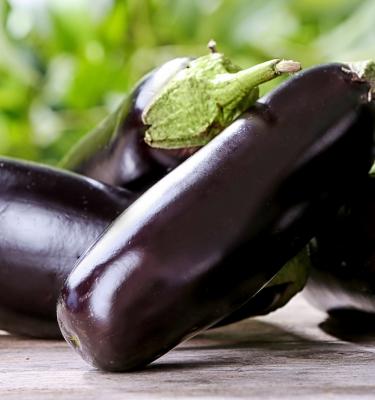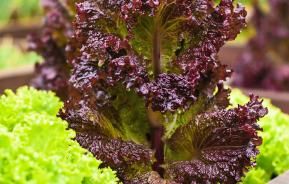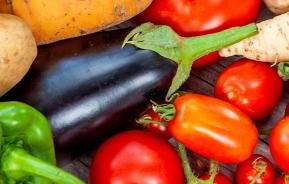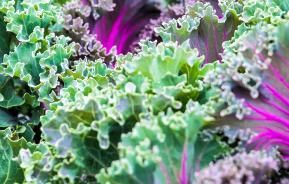Growing aubergines (or ‘eggplants’) is now more popular than ever, thanks mainly to better varieties more suited to the British climate. They are an essential ingredient in moussaka, aubergine parmigiana and other Mediterranean dishes.
How to grow aubergines
Cultivation
Aubergines have to have a warm, sunny, sheltered position to produce a good, reliable crop. They will crop more reliably if grown under cover, in a greenhouse or growing frame, especially in cooler climates.
Outside, they need a rich soil improved with lots of organic matter and good dressing of a general granular plant food. Or, better still, you can grow aubergines individually in 23-25cm (9-10in) pot filled with a good potting compost.
Aubergine varieties
Although deep purple is the standard colour, there are white and green varieties, and both long or round in shape.
Good varieties include Black Beauty, Long Purple, Mohican and Moneymaker.
Grafted plants are available from mail order suppliers and garden centres. The variety is grafted onto a rootstock, which provides much more reliable, bigger, better and earlier crops.

Sowing aubergines
Sow seeds at 18-25°C (64-77°F) in individual cells or pots of a good seed sowing compost in March and April. Pot up the seedlings when 2 true leaves have formed, one plant to a 7.5-10cm (3-4in) pot of a good potting compost. Grow on in warmth and good light.
Alternatively, wait until May and buy ready grown young plants from your local garden centre.
Plant outside in early June, or the end of May if night temperatures are warm, in pots, planters or in the ground, spacing them 60cm (2ft) apart.
How to care for aubergines
Stake plants with sturdy bamboo canes and tie them in as they grow.
Remove the main tip/growing point when plants are 30cm (12in) high to produce bushier plants that will produce more fruit.
Water regularly, especially plants in containers, and feed with a high potash liquid plant food once the first fruit has set and repeat at 14 day intervals.
Under cover, mist the foliage regularly with tepid water to discourage red spider mite and to help flower set.
Harvesting
Cut the fruit when they’ve reached a good size for the variety being grown, and the skin surface has developed a good colour and is still shiny.
| Flowering season(s) | Summer |
|---|---|
| Foliage season(s) | Spring, Summer |
| Sunlight | Full sun |
| Soil type | Chalky, Clay, Loamy, Sandy |
| Soil pH | Neutral |
| Soil moisture | Moist but well-drained |
| Ultimate height | Up to 90cm (3ft) |
| Ultimate spread | Up to 60cm (2ft) |
| Time to ultimate height | 5 months |








